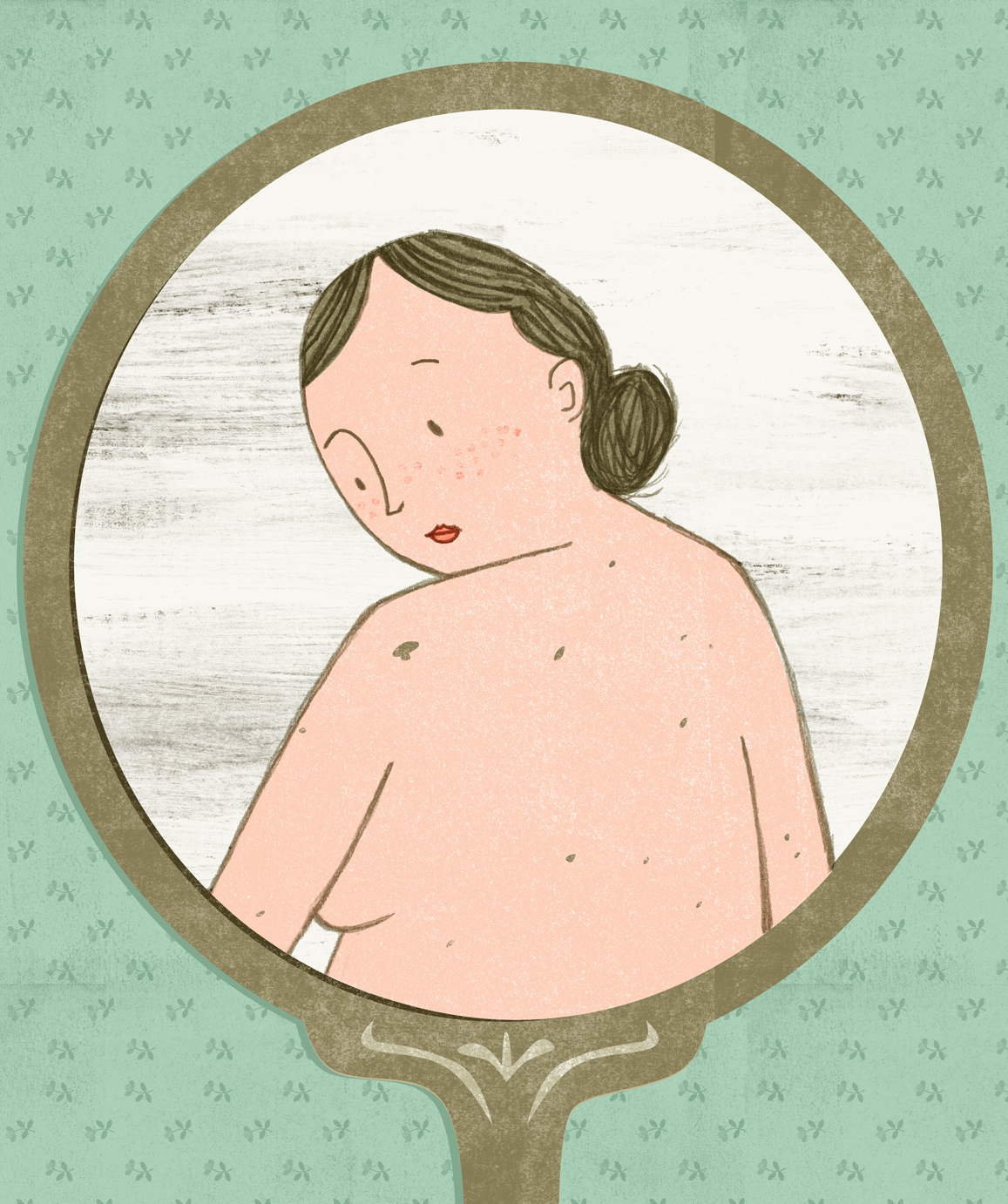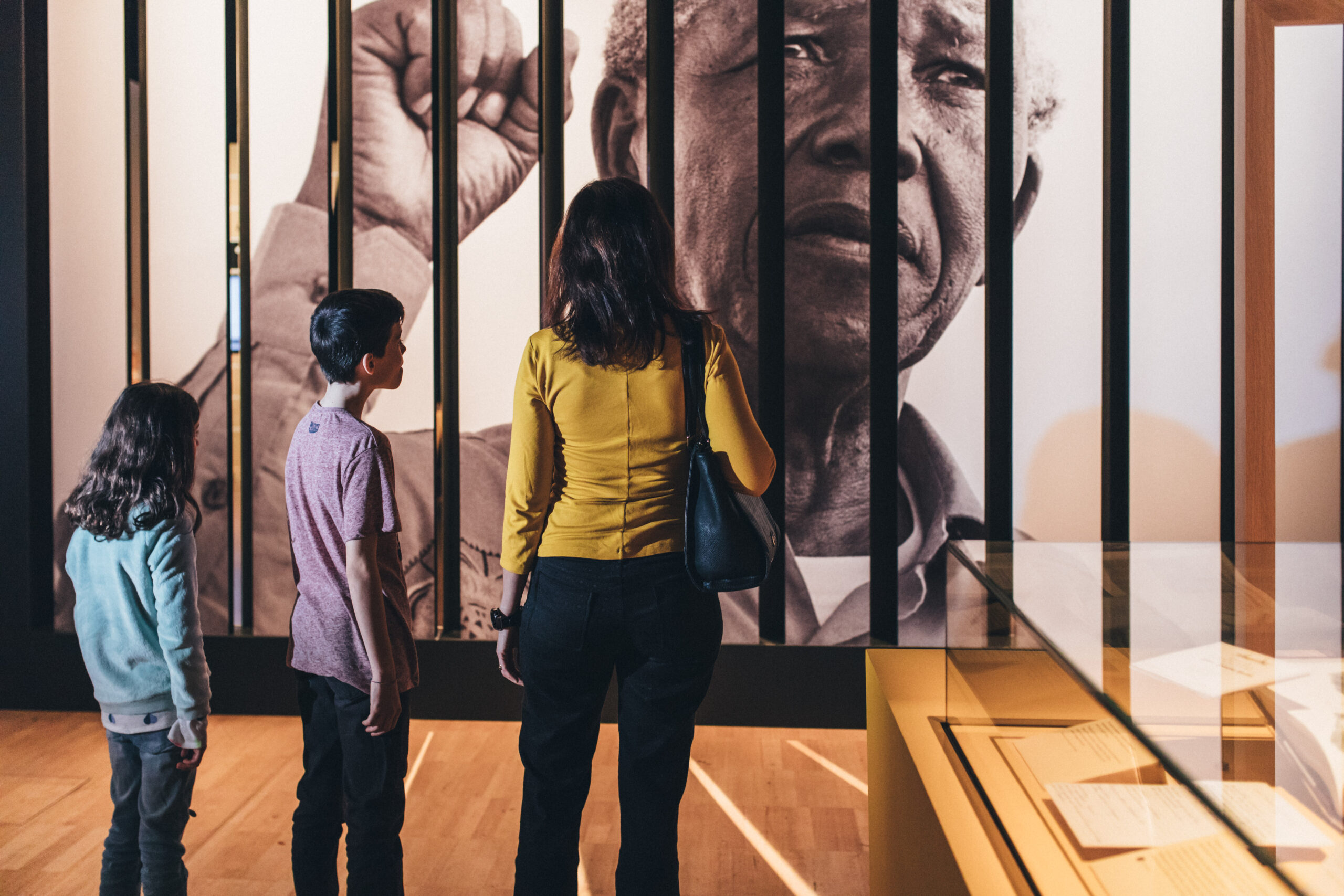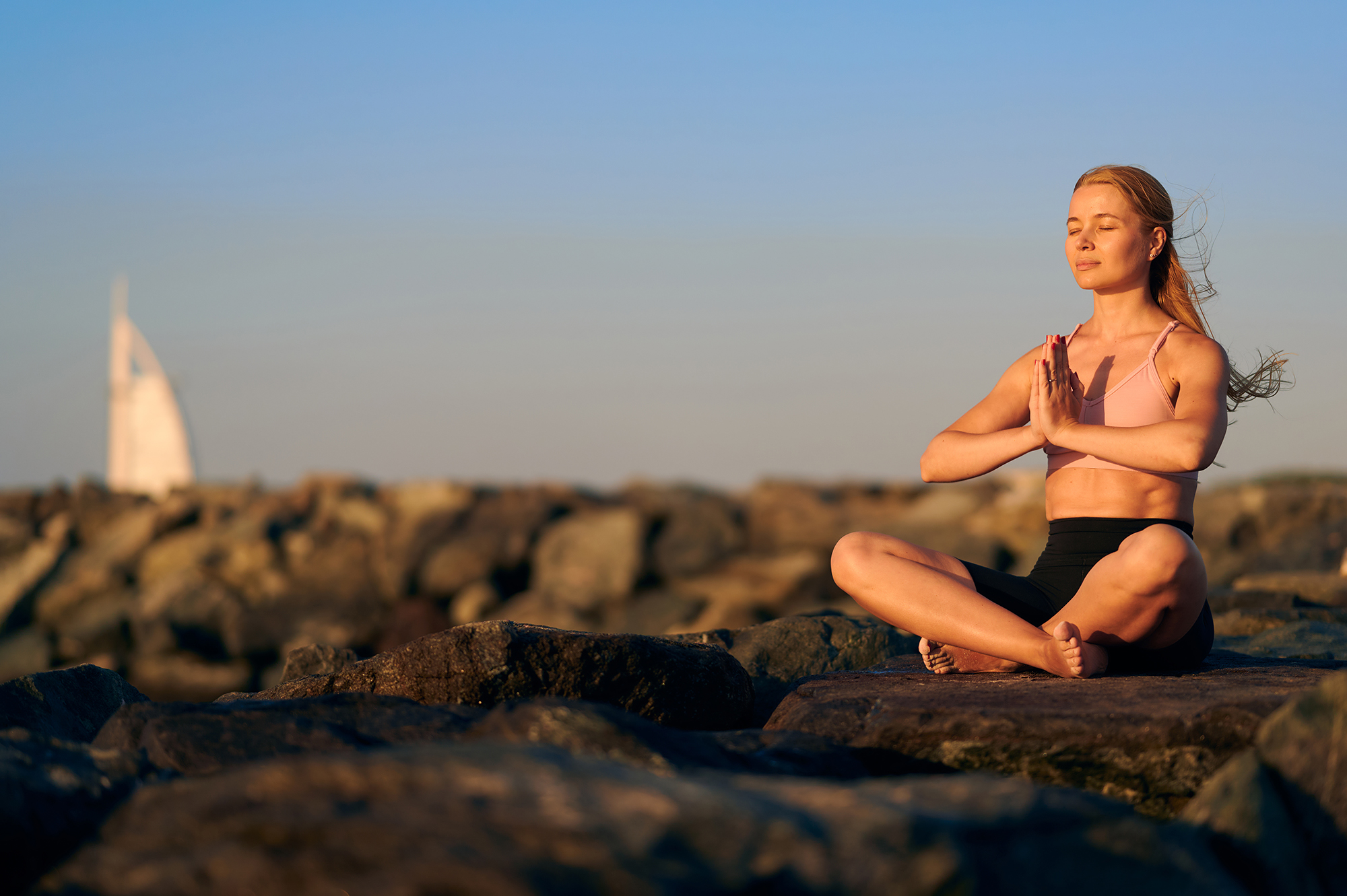New Zealand has one of the highest skin cancer rates in the world; about 400 people die from malignant melanoma each year. So what if one of your moles turns bad? Sarah Heeringa investigates
By Sarah Heeringa. Illustration Angela Koeghan
When my dad arrived from England in the 50s, he thought the freckles dotting Kiwi girls’ faces looked so attractive they must have painted them on. At least, that’s what he told me when I was a growing up as a freckle-faced kid.

As teenagers, some girlfriends were inclined to slather themselves in Coppertone oil and lie for hours on the sand, turning occasionally like a row of slow-cooking rotisserie chickens. I couldn’t be bothered with sunbathing: it was way too hot and boring, and tanning oil smelled too much like coconut instant pudding for my liking. But living near the beach meant I clocked up plenty of sun time and my fairish skin always sported a decent sprinkling of dots. Now I get the most exposure when gardening, shades of ruby tinting my English-rose skin.
I’m not one to particularly worry about my health, but noticing a mole that seems to have grown a little does make me wonder if I need to pay a bit more attention to my skin. Most of us have moles and most moles are harmless, but when they change in size, shape or colour, it can be a sign that
a melanoma is developing.
If a spot turned bad, would you even notice? Melanomas are easy to deal with if caught early, but once they regress, or grow inwards, they can be tricky to treat. I’m unnerved to learn it’s possible to have skin cancer without obvious symptoms. Also, skin cancer can develop anywhere on your body – including on the soles of your feet and even on the back of your eyeballs or under your fingernails and toenails.
Some skin cancers are not caused by UV damage from the sun, but most common types of melanoma are largely caused by exposure to ultraviolet light, either from the sun or from tanning beds. Thanks to holes in the ozone layer, New Zealand and Australia experience extreme levels of summertime UV. The “slip, slop, slap” message has been around since the 80s, so unless you’ve been living under a rock (in which case you’ll be OK anyway), most of us are aware of the need for protection. Though as with other health messages, knowing is one thing – and taking action is another.
The key is to familiarise yourself with your body so you’ll notice when something looks or feels different. Get in the habit of checking your skin when you are drying yourself after a shower
Despite doing our best to encourage our kids to be sun smart, it would seem many of us are still a bit rubbish at protecting ourselves. In the largest New Zealand study of its kind, a 2013 University of Otago survey of more than 1,000 workers across forestry, roading, sawmilling, postal delivery, viticulture, landscaping, construction, horticulture and farming found poor levels of personal sun protection across all nine occupations. Just one in three outdoor workers wore sunblock or a suitably protective hat while at work, despite being more at risk of sun damage than other people.
A 2014 University of Otago study of childcare centres, conducted by Wellington campus researchers, found sun protection policies were frequently inadequate or not enforced – including staff failing to model good practice by wearing hats themselves when they were outside with the children.
And research conducted by the University of Otago for the Cancer Society of New Zealand suggests New Zealanders aged 60 and over seem to wrongly believe they are at low risk of melanoma, despite the rising incidence of deaths from melanoma in middle-aged to elderly people.
The Cancer Society of New Zealand reports that in 2010, the year for which the most recent figures are available, melanoma was the fourth most common cancer, with 2,341 registered cases (1,241 males and 1,100 females). It was also the sixth most common cause of death from cancer that year.
If you don’t work outside, it’s easy to forget about incidental sun exposure during the day. We might apply sunscreen if we’re heading to the beach, but what about the sun on our arms or necks as we drive about town, or on our legs as we garden or unload the groceries?

Given the inclination of some men to work outside with their shirts off, it’s hardly surprising that 40 percent of men’s melanomas are on their backs. But who would have thought that 40 percent of women’s melanomas would be on their legs?
One option is to ask your doctor to check out those dodgy spots you’re concerned about. The cost of this varies – doctors’ practices and medical centres are privately owned and they set their own fees – but it should be lower if you’re enrolled, due to government subsidies. Doctors are not skin specialists, but if they’re concerned about a particular mole, they can refer you to a hospital or specialist for further assessment or treatment. This care is free through the public health system, but may involve being on a waiting list.
Alternatively you can book into a private skin clinic. A quick Google search brings up a long list of possibilities, ranging from the glossy and purely cosmetic to more medical-looking sites with a focus on moles and cancer detection. Prices and services vary widely; a quick phone survey found one clinic charging a starter fee of $75 for spot checks and $265 for a biopsy. Another charged $140 for a consultation with a diploma-holding GP associate, or $295 to see a dermatologist (they have specialist degrees). Another clinic had four dermatologists; an initial consultation with full skin check ranged in price from $275 to $405, depending on which specialist you chose.
Some clinics offer an on-the-spot removal of unsightly lumps and discolourations using cryotherapy (freezing spots off using liquid carbon dioxide, or CO2). Such spots are not necessarily precancerous lesions, but might just be a little ugly, so this is more cosmetic than life saving. Other clinics won’t remove anything without a punch biopsy (taking a small sample of a mole for further analysis). It pays to shop around and to ask lots of questions upfront about what you get for your money. If a mole turns out to be cancerous and requires surgery, fees can soon head into the thousands. One clinic
I contacted confirmed that many – but not all – of their surgery patients have health insurance.
I start with a visit to a MoleMap clinic. Unlike most skin cancer clinics, MoleMap do not provide surgical procedures or recommend any specialists: their focus is on providing an impartial diagnosis. For $130 you can have a spot check of worrisome moles, and for $359 a full body check, including body photography to create a skin record. And I mean full body – there’s a disconcerting moment when images flash up on screen showing my body from angles I’ve hardly seen it from before, let alone naked.
As melanographer Kim Dexter explains, there is one universal truth about melanoma and that is change. Creating a full-body skin record allows for sequential monitoring, helping the dermatologist identify new or changing lesions over time.
Dermoscopy uses magnification and intense light to penetrate the first layer of skin to see diagnostic features of moles that cannot be seen with the naked eye. It’s potentially quite awkward allowing a stranger check over every centimetre of your skin and photograph you from every which way. But Dexter’s pleasant manner helps put me at ease. In between mapping, she talks me through the basics of melanoma self-detection.
“The key is to familiarise yourself with your body so you’ll notice when something looks or feels different,” she says. “Get in the habit of checking your skin when you are drying yourself after a shower.” Before I can say squamous cell carcinoma, the hour is up and I’m heading home.
A week later the report arrives, giving me the all clear. Skin-tastic! That’s good to know.







